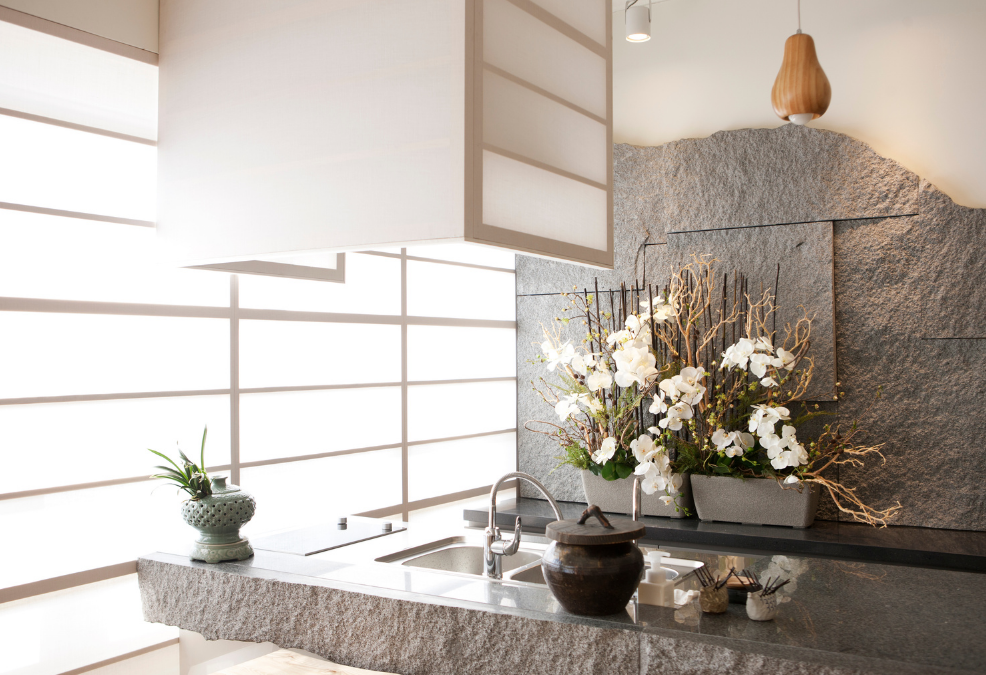So you’re considering smart home solutions for your new home? If you’re building a brand new home from scratch or even thinking of revamping an existing one this article’s for you.
Get it Right From the Start
One of the questions on your mind might be what you can do to make your home more smart home-friendly right from the beginning. And it’s a good one.
If you’re thinking of having a well-integrated home automation system in place, it helps to have smart home needs in mind when you’re building or revamping your house. This way you can make sure everything is as optimised as it can be.
Although, for all those that are planning to transform their existing homes and spaces into smart ones, don’t fret; it doesn’t have to be done this way. If you have a good smart home solutions team, they can help you make it work within your existing home setup.
Get your Smart Home Solutions Team Onboard
When your architect is drawing up the plans for your home, it helps to get your smart home solutions team on board too. Letting them collaborate with your architect would help all parties align their requirements according to one vision – yours.
First, make sure to let your architect know what you’re looking for from the house. Separately, have a chat with your smart home automation team. Let them know what kind of functions you want your house to have. Not sure where to begin? Tell your team what kind of lifestyle you envision and they can recommend all the possibilities that smart home automation can open up for you. This is something that we do regularly with our customers here at Shinrai.
The main thing to remember is that the earlier in the architectural planning phase you can get your smart home automation team involved, the better.
Things that Need to be Considered
You might be wondering, what are some of the things involved in the design of your new home that could have an impact on your future home automation system?
The main thing that needs to be understood is the functionality of each room. For example, if a particular room is meant to be a recreation room, the architect would need to know what kind – is it to be a playroom for the kids? Is it going to double as a home theatre room? At the same time, your smart home automation team would need to know the same. This way both parties could compromise between aesthetics and functionality – such as the type of smart lighting (ambient or main, for example) and the positioning of the same as well as things like in-built smart sound systems, air conditioning, motion sensors and so on.
Especially important are the wiring and electrical circuits. At Shinrai, for example, if you get us involved in the planning stage of the new house, our specialists would create an electrical layout for you that would optimise smart home performance. This draft could be run by your builder and an ideal plan could then be finalised from it.
Keep in mind that all this can only occur, however, if your smart home partner is included in the brainstorming process from an early stage. And like we mentioned above, the earlier the better!

Editorial Staff at Shinrai Smart Home are experts on smart home technologies.


Recent Comments